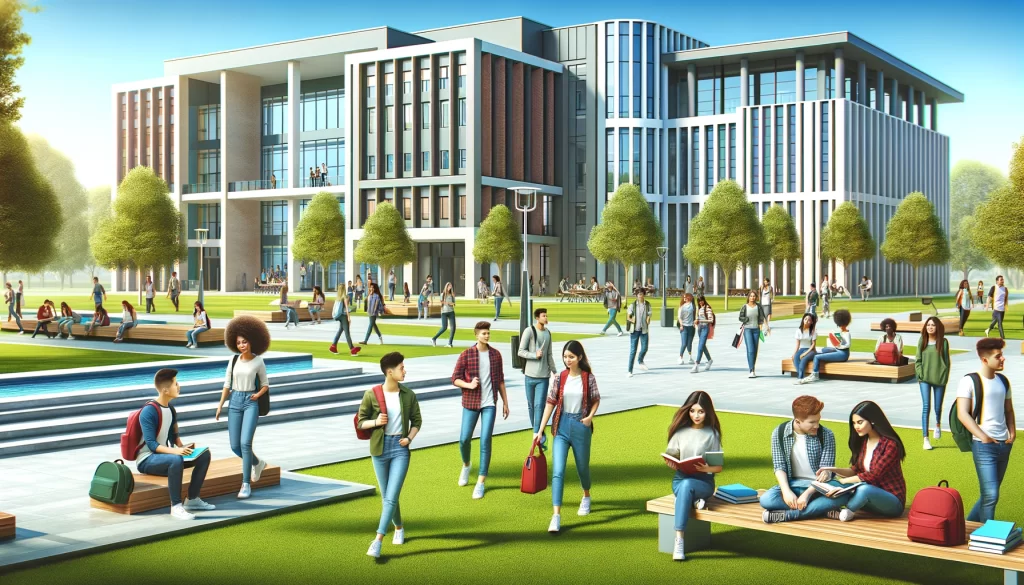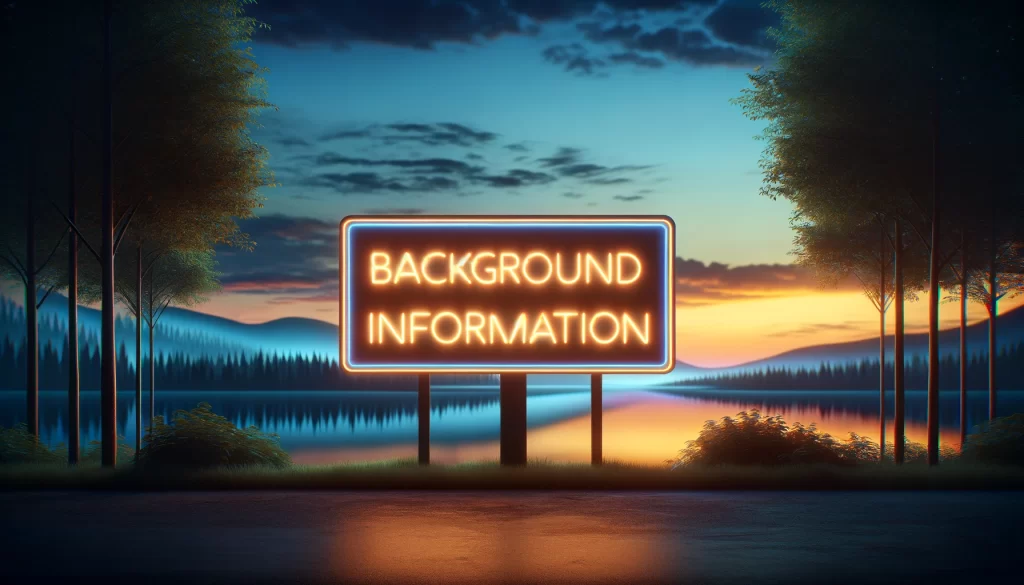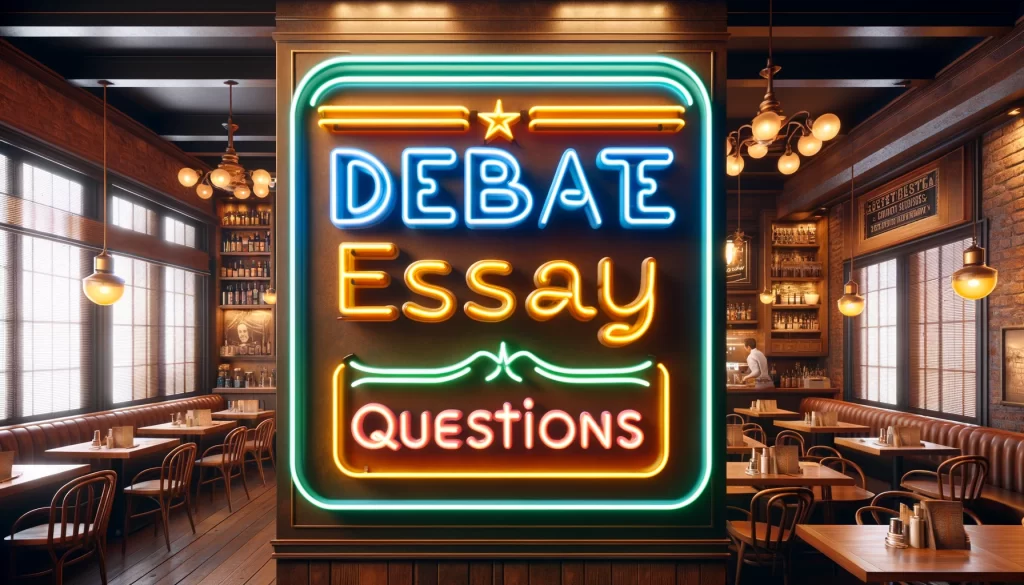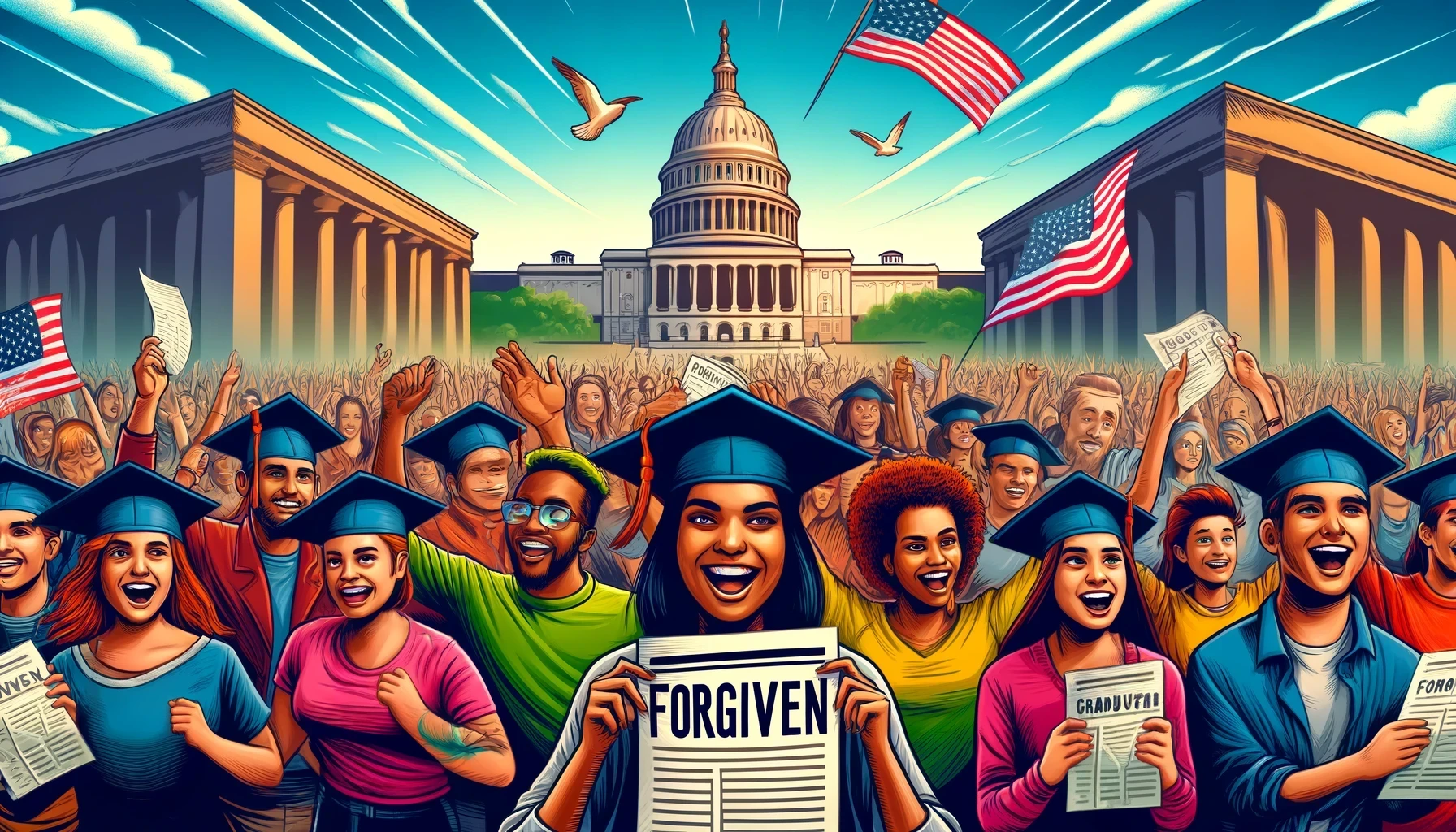The Biden administration on Friday announced it will cancel $7.4 billion in student loans for approximately 277,000 borrowers. This move is part of a broader effort to provide financial relief to millions of students by fall, assuming the new regulations introduced by the administration are upheld.
This latest initiative is a part of a strategy by the White House to implement smaller, targeted debt relief efforts. This approach was adopted after a more extensive plan, which aimed to erase over $400 billion in student debt, was rejected by the Supreme Court last year.
The announcement is also timed to gain favor with young voters, who are currently facing high educational costs and may feel uncertain about President Biden’s policies, particularly regarding international issues like the situation in Gaza.
With this new cancellation, the total student debt forgiven under the Biden administration amounts to $153 billion, benefiting about 4.3 million borrowers. The administration’s goal is to eventually forgive the loans of approximately 30 million borrowers. Those included in the most recent cancellation will be notified via email.
Education Secretary Miguel A. Cardona highlighted the significance of these cancellations, stating that they have managed to provide assistance to about one out of every ten Americans with federal student loans.

The current debt forgiveness is divided into three main groups. The largest portion will aid about 207,000 borrowers who took out $12,000 or less and are part of an income-driven repayment plan called SAVE. Another 65,000 borrowers will benefit from adjustments to their repayment plans due to past administrative errors. Lastly, some borrowers will have their loans completely forgiven under the Public Service Loan Forgiveness Program after they have made ten years of payments while working in public service jobs.
This careful, step-by-step approach to loan cancellation was developed after careful analysis of the Supreme Court’s ruling against more extensive debt forgiveness plans. This strategy focuses on legally justified cancellations under existing laws such as the Higher Education Act.
Moreover, if the rules introduced by the administration on Monday are finalized after public commentary, an additional 25 million borrowers could see their debt reduced. This includes individuals whose interest payments have exceeded their original borrowed amount and those who were misled by their educational institutions.
However, there is significant opposition to these plans, particularly from Republican leaders and officials. They have expressed concerns about the cost and fairness of the debt forgiveness initiatives. Critics argue that these plans unfairly benefit those who haven’t paid off their loans at the expense of those who have.
For instance, Representative John Moolenaar, a Republican from Michigan, voiced his disapproval during a hearing, stating that these policies encourage people not to repay their loans and penalize those who have diligently made their payments.
In response, Secretary Cardona defended the administration’s policies by explaining that the goal is to rectify a flawed system and improve repayment options, reducing the need for future loan forgiveness.
This article is based on the following article:

Background Information
Understanding these factors provides a comprehensive backdrop to the recent announcements by the Biden administration regarding student loan forgiveness. It highlights the complexities and multiple stakeholders involved in decisions about educational financing in the U.S.
1. Understanding Student Loans in the U.S.
Student loans are designed to help students pay for post-secondary education and the associated fees, such as tuition, books and supplies, and living expenses. In the U.S., these loans can come from the federal government or from private financial institutions. Federal student loans generally offer lower interest rates and more flexible repayment options than private student loans. The government’s involvement in student lending started to increase significantly with the Higher Education Act of 1965, which aimed to strengthen the educational resources of colleges and universities and to provide financial assistance for students in postsecondary and higher education.
2. Federal Student Loan Programs
Key federal student loan programs include:
- Direct Loans, where the U.S. Department of Education is the lender.
- Federal Family Education Loan (FFEL) Program, which relied on private lenders and was phased out in 2010 but still affects many borrowers.
- Perkins Loans, aimed at assisting low-income students, which ended in 2017.
Students can also enroll in various repayment plans based on their income, which adjust monthly payments according to the borrower’s earnings and family size.
3. Public Service Loan Forgiveness (PSLF)
The PSLF program forgives the remaining balance on Direct Loans after the borrower has made 120 qualifying monthly payments under a qualifying repayment plan while working full-time for a qualifying employer, such as government organizations or non-profit organizations.
4. Income-Driven Repayment Plans
Income-driven repayment plans set your monthly student loan payment at an amount intended to be affordable based on your income and family size. Examples include the Revised Pay As You Earn Repayment Plan (REPAYE Plan) and the Pay As You Earn Repayment Plan (PAYE Plan).
5. Supreme Court’s Role
The Supreme Court in the United States is the highest court and has the final say on matters of federal law, including disputes over federal programs. In the case of student loans, the Court can rule on the legality of presidential or legislative actions related to how these loans are managed or forgiven. Their decisions can uphold or strike down presidential initiatives, impacting millions of borrowers.
6. Economic and Social Impact of Student Debt
Student debt is a significant issue in the U.S., affecting the economic choices of millions of young Americans. High levels of debt can delay or prevent borrowers from making significant life choices such as purchasing a home, investing, or starting a family. The debate around student loan forgiveness centers on issues of fairness, economic impact, and the best methods to assist those struggling with student debt while balancing fiscal responsibility.
7. Political and Public Reaction
Public and political reactions to student loan forgiveness are mixed. Some view it as a necessary relief for an overburdened generation of young people, while others see it as unfair to those who have paid off their loans or did not attend college. These differing views reflect broader societal debates about the role of education, the responsibility of borrowers and the government, and the values that guide public policy in education.
8. The Higher Education Act of 1965
The Higher Education Act (HEA) of 1965 was passed to strengthen the educational resources of colleges and universities in the United States and to provide financial assistance for students in postsecondary and higher education. It was signed into law by President Lyndon B. Johnson as part of his Great Society agenda, which aimed to eliminate poverty and racial injustice. Key components of the HEA include financial aid programs to assist students, such as Pell Grants and federal student loans, and funding to improve college facilities and support educational research. The HEA has been reauthorized several times, each iteration adjusting federal financial aid programs to address changing educational and economic conditions. The act is a cornerstone of federal higher education policy and is instrumental in shaping the administration of student aid and the governance of higher education institutions in the United States.

Debate/Essay Questions
- Is student loan forgiveness a fair policy for all taxpayers, including those who did not attend college or have already paid off their loans?
- Should the government continue to play a significant role in financing higher education, or should this be left more to private institutions and market forces?
- Does forgiving student loans promote irresponsible financial behavior, or does it correct systemic issues in the financing of higher education?
Please subscribe to Insight Fortnight, our biweekly newsletter!
